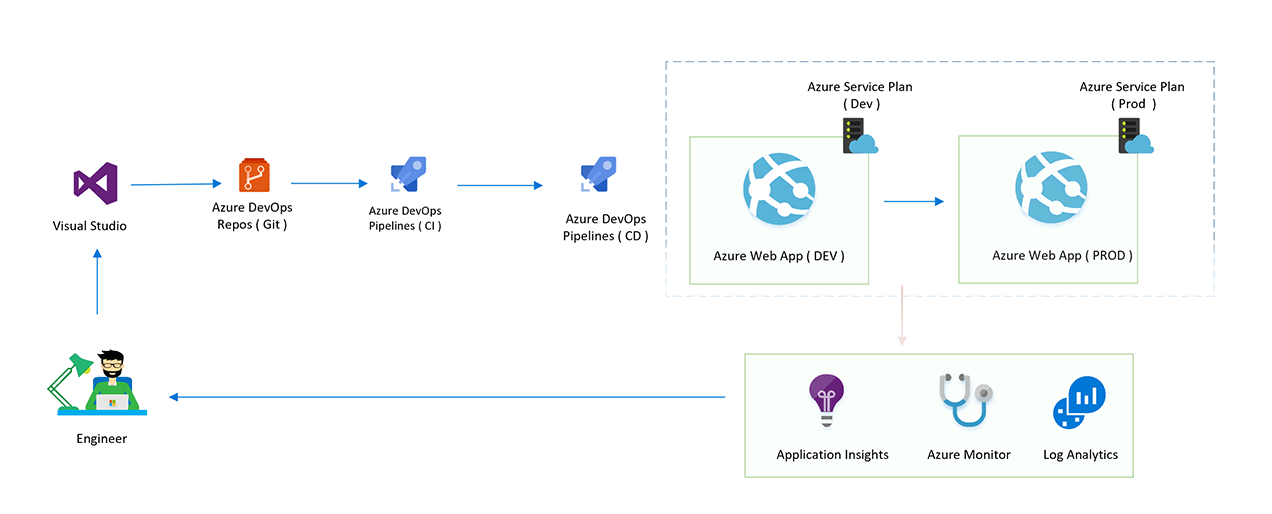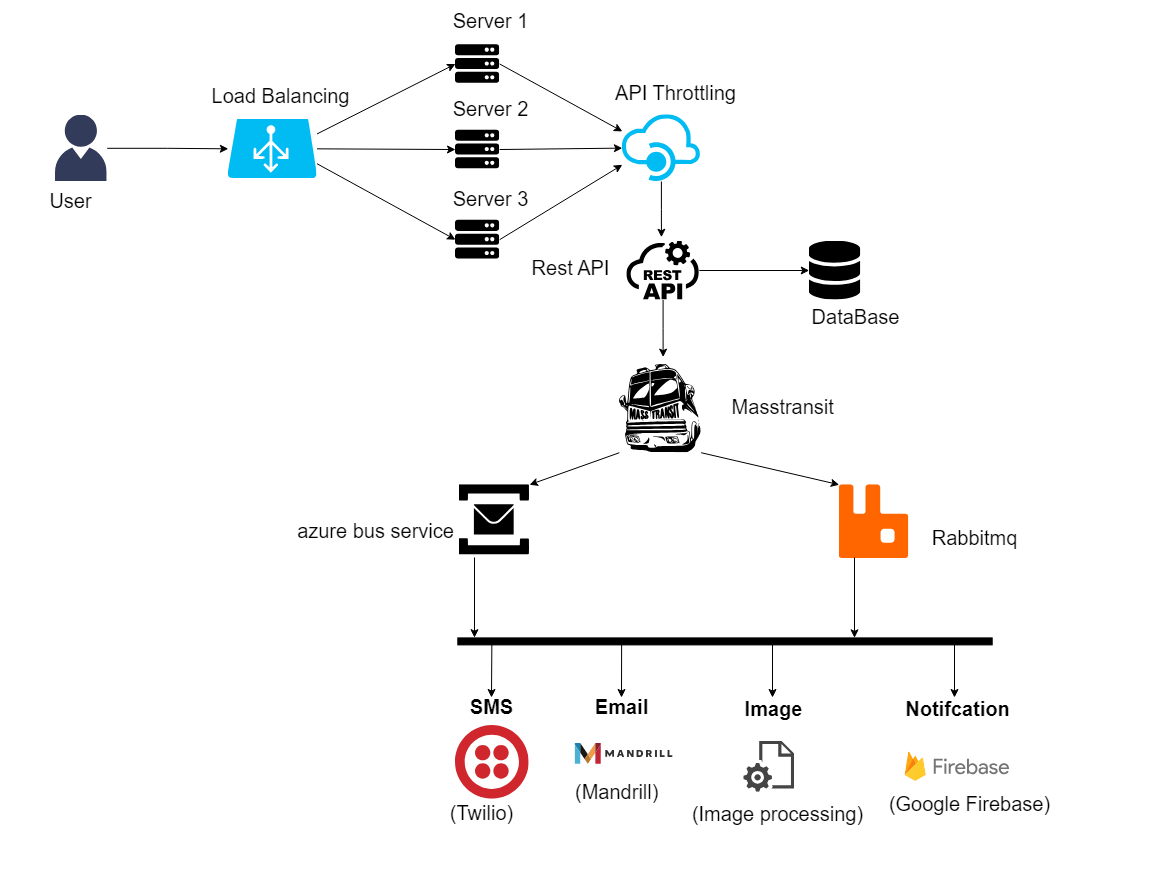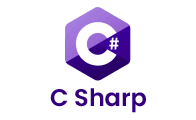Pioneer in Offering CRM Solutions since 2010...
Pioneer in Offering CRM Solutions since 2010...
The client specializes in the FinTech industry, they are providing money transfer facilities similar to PayTM. They are having integrations to the various banks as well as with other FinTech industries. They are strictly following all the guidelines of NPCI (National payment corporation of India). They have web applications as well as mobile applications as well for Android and IOS. They also have a franchisee model in which they are having multiple merchants available. Same way they also have direct customers who are using their services.


Client already has an running application. Web API was developed in .NET framework 4.5 and front end is developed in Angular. Mobile Apps are developed using Flutter. They are strictly following encryption guidelines of NPCI. Client is strongly preferring Microsoft Azure Services over any other. They are already using various Azure Services like Database is Azure SQL, Azure Repository as code repository, Azure DevOps as DevOps tool, etc.

As client is involved into the FinTech industry, performance and security is the prime concern from their end, also they have their own various challenges:

While implementing a solution, the thumb rule is to finish it as soon as possible. Because the product is already live and they are doing continuous enhancements and bug fixes into the same. So, I need to apply a solution which requires minimal code changes and lesser efforts. So, we go with the following:
Ready to start your dream project?


The goal is to provide a secure and scalable approach while migrating .NET Framework to .NET 6, we decided to use Azure Bus Service, RabbitMQ, MassTransit, .NET 6, Firebase & Mandrill.








We offer a wide range of fintech solutions, including mobile banking, online payment processing, financial analytics, and more.
Yes, we implement advanced security measures and encryption protocols to ensure the security of customer data and transactions.
We have hands of experience in integrating Stripe, Square, USAePay, PayPal, Authorize.NET & CCAvenue. We can integrate any payment gateway if they provide the API.
Yes we take all types of maintenance & enhancement work. Our .NET developers are expert in debugging and understanding code written by other developers.
Variance InfoTech Pvt Ltd.
608/609, 6th floor - Abhishree Adroit,
Vastrapur, Ahmedabad, 380015, India
For Sales: +91-7016851729
For Job Inquiry: +91 98700 57291
Email : info@varianceinfotech.in
Variance InfoTech LLC
30 N Gould St. Sheridan,
WY 82801 USA
Phone: +16305340223
Email: info@varianceinfotech.in
©Copyright 2025. All Rights Reserved | Privacy Policy
We use cookies to provide better experience on our website. By continuing to use our site, you accept our Cookies and Privacy Policy.
Accept





